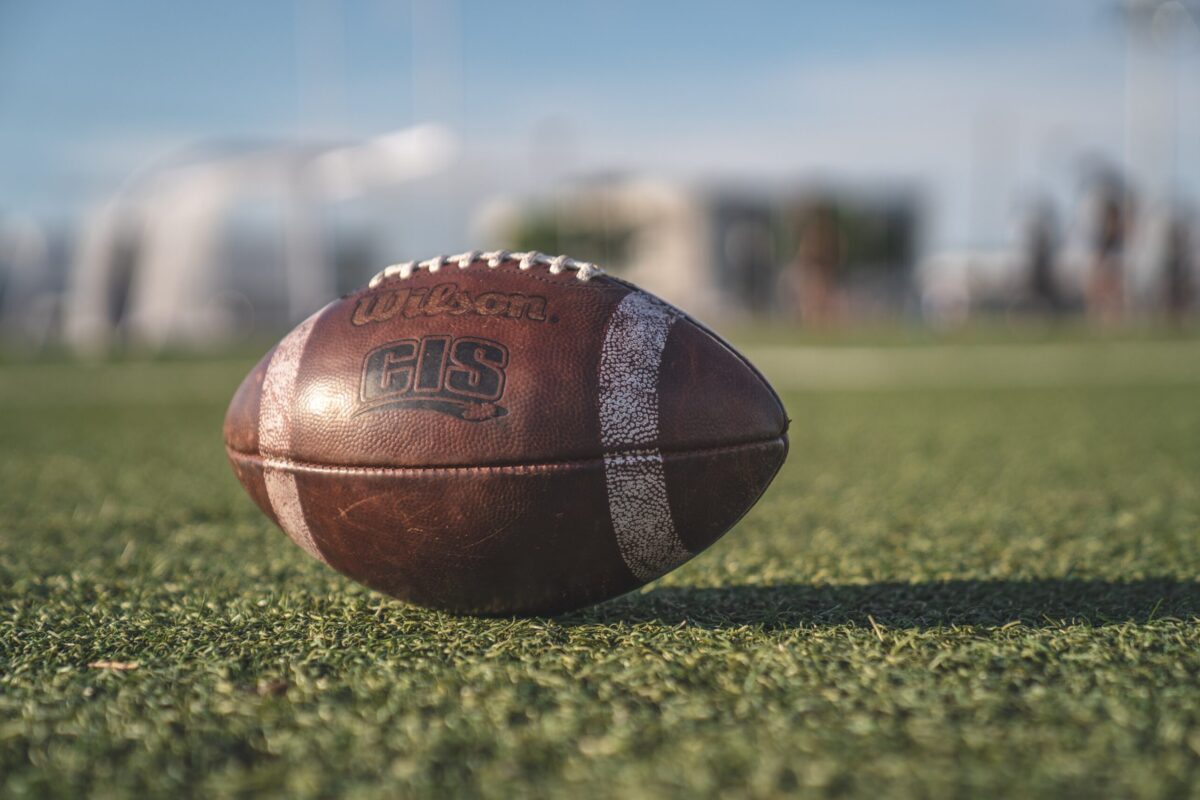by Madigan McGrath
Four years ago if you asked me what a two-point conversion or a false start penalty was, I would’ve given you a blank, confused stare. Four years ago was also when I started dating my current boyfriend, now a D1 football player. It took me years to learn the sport and it wasn’t easy. Use this “Girlfriend’s Guide to Football” to learn the basics, whether you are related to, friends with, or dating a player, a fan, or just wanna brush up for this weekend’s Super Bowl parties!
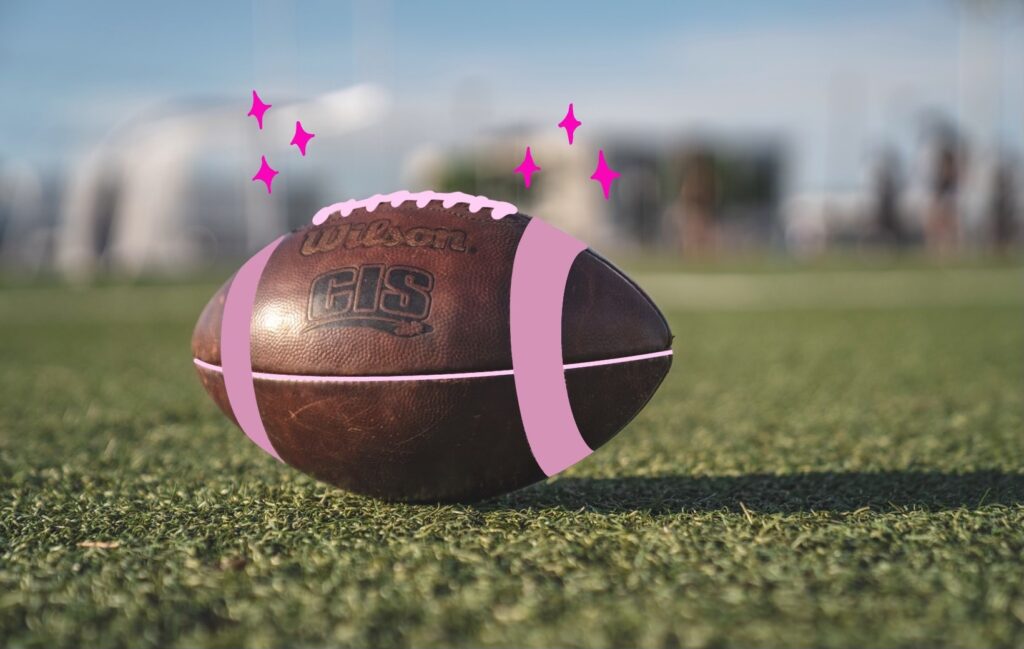
Basic Terms
In order to understand the next few sections, you will need to have knowledge of a few basic terms.
End zone: The area on either end of the field (this is where touchdowns are scored).
Fumble: When the ball is dropped.
Interception: When the defense catches the ball that is intended for the offense.
Line of scrimmage: The line where the ball starts at the beginning of the play (imagine a line between the offensive and defensive line).
Sack: When defense tackles the quarterback behind the link of scrimmage.
Snap: When the ball is thrown between the legs of the center (literally the player in the center of the offensive line) to the quarterback.
Goalpost: The large yellow post in either endzone (where balls are kicked through to score a field goal)
Players
On the field, you will find two groups of players. One group, called the offense, is trying to move the ball down the field to score, while the other group, called the defense, is trying to stop them. Each side has 11 players on the field at a time, having more could result in a penalty.
Some important positions on offense include:
Quarterback (QB): He calls the plays and receives the snap from the center, in which he can then either run the ball or pass it to another player.
Offensive Line (OL): These five players line up on the line of scrimmage and it is their job to block for the QB so he can run or pass the ball to score.
Running Back (RB): He is typically a fast player who often receives the ball from the quarterback to run it down the field. He can also block and receive passes.
Wide Receiver (WR): They catch passes thrown by the quarterback, normally starting the play far from the ball.
Tight End (TE): A mixture of an offensive lineman and wide receiver.
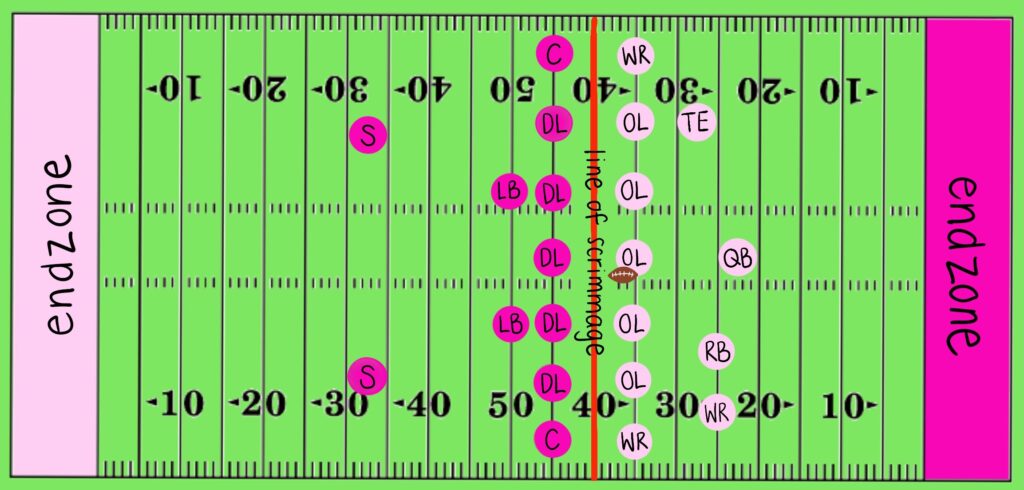
Some important positions on defense include:
Defensive Line (DL): These players line up on the line of scrimmage and it is their job to get past the offensive line to tackle the player carrying the ball.
Linebacker (LB): These players are placed behind the defensive line and try to tackle the ball carrier.
Corner (C): He covers the wide receiver, also starting the play far from the ball.
Safety (S): The players farthest back on the defense, being the last line of defense.
Downs
Downs might be the most important thing in understanding the game of football. For someone who has zero knowledge of football, as I did, try replacing the word “down” with the word “try”. The offense has 4 tries to either score in the endzone or travel 10 yards down the field. These tries are labeled first, second, third, and fourth down. Once they travel 10 yards, the downs reset back to first down. If the offense doesn’t successfully score or travel 10 yards on the fourth down, the ball goes to the other team.
Don’t worry! You don’t have to keep track of what down the offense is on. On the sideline, three field markers can be found. There are two that look like bullseyes, one marks the line of scrimmage, and the other marks where the offense needs to travel in order to get back to the first down. The marker with the number indicates what down the offense is on.
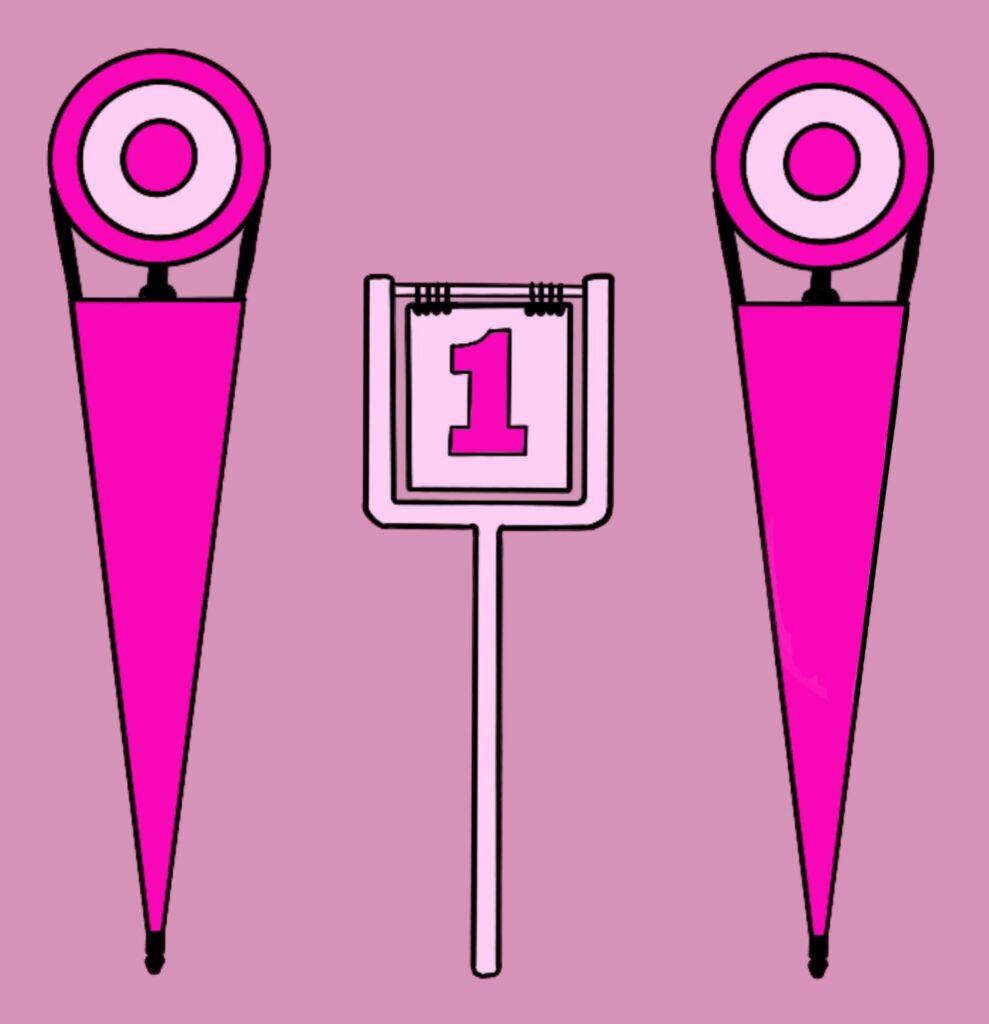
Points
To keep this simple, I am going to explain the two main ways to score points, touchdowns and field goals.
Touchdown: A touchdown occurs when an offensive player runs the ball into the endzone, scoring 6 points. After scoring a touchdown, the offensive players get the choice of either kicking the ball into the field goal for 1 extra point or attempting to run it into the endzone again for 2 extra points.
Field goal: A field goal is when the ball is kicked through the goalpost, usually on the fourth down when the offense believes they will not be able to score a touchdown. A field goal is worth 3 points.
Penalties
There are several different penalties in football, so I am just going to explain the ones you will hear the most frequently. Each penalty results in moving the ball farther from the offensive team’s endzone. Referees signal that there has been a penalty by throwing a yellow flag. You will also see a referee signal what penalty it is with a hand motion, however, that is not important to know when first learning, as they also announce what happened on a microphone.
Offsides: This is called when a defensive player crosses the line of scrimmage before the ball is snapped. This results in moving the ball 5 yards back.
False start: Similar to offsides, this is called when an offensive player crosses the line of scrimmage before the ball is snapped. This results in moving the ball 5 yards back.
Personal foul: These penalities include acts of unnecessary roughness or “dirty play.” These include starting fights and grabbing face masks. This results in moving the ball 15 yards back.
Holding: When an offensive player holds onto a defensive player, restraining him. This results in moving the ball 15 yards back.
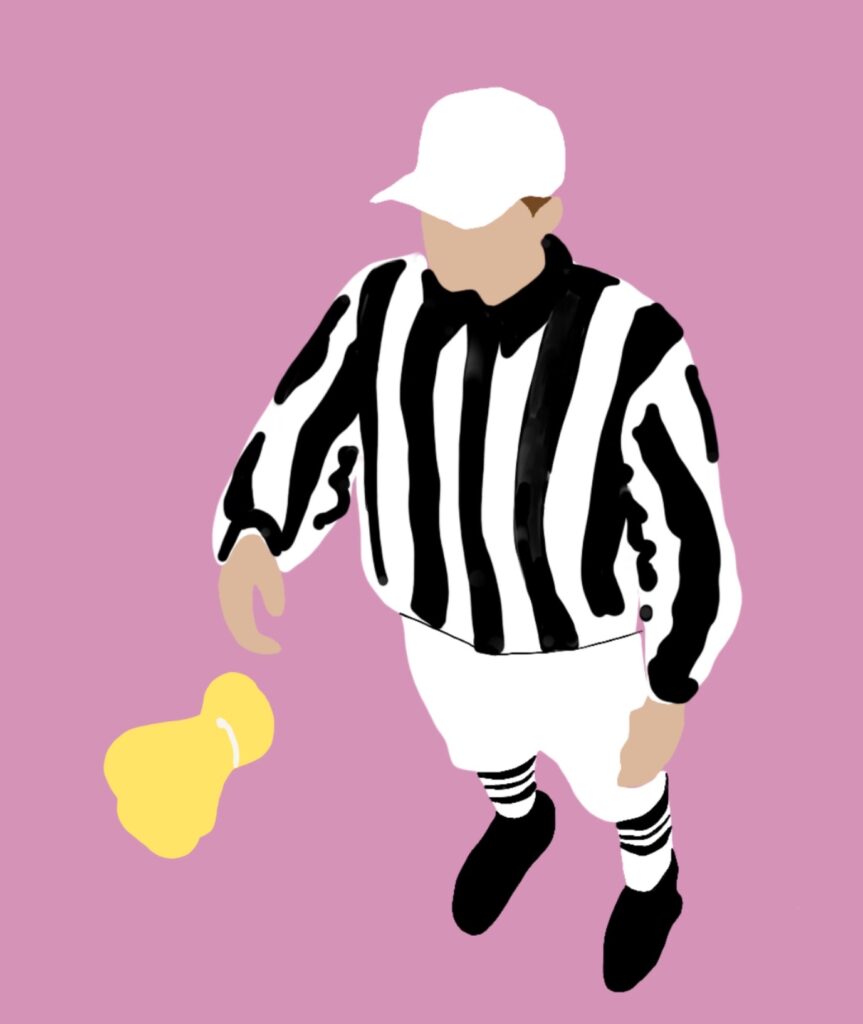
Conclusion
Football can be a quite complex sport to understand, as there are a lot of rules and terms you must know. This article is a basic guide, so l I left out some of the more complex parts to avoid confusion. Stick to the basics first! After reading this article, you might understand things a little more, however, until you have seen these things in action on the field, they might not make complete sense. The old saying “practice makes perfect” stands true while learning football, as actively watching the game and putting your knowledge to the test will allow you to understand the sport as a whole. Good luck!!!
